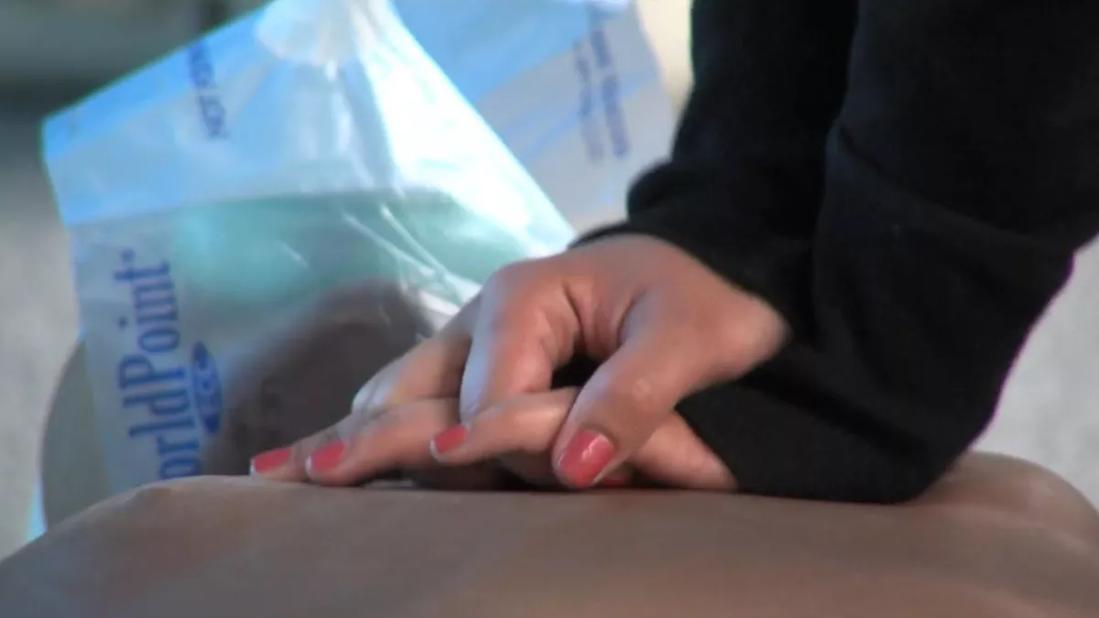June 1-7 is CPR and AED Awareness Week. A cardiologist explains the importance of knowing how to do CPR and also use an AED.

Cleveland Clinic News Service | 216.444.0141
We’re available to shoot custom interviews & b-roll for media outlets upon request.
CCNS health and medical content is consumer-friendly, professional broadcast quality (available in HD), and available to media outlets each day.
images: 0
video: 3
audio: 2
text: 2
Content is property of Cleveland Clinic and for news media use only.
CLEVELAND – June 1-7 is CPR and AED awareness week.
According to the American Heart Association, immediate CPR, or cardiopulmonary resuscitation, can double or triple a person’s chances of survival after cardiac arrest.
“Nine out of ten individuals who have cardiac arrest actually die, and that’s because we can’t get to them fast enough to provide adequate CPR or defibrillator in a timely fashion,” explained Tamanna Singh, MD, cardiologist for Cleveland Clinic.
Dr. Singh said for those unfamiliar, CPR is a very simple process.
The first step is to make sure the scene is safe and call 911 or send someone for help, if possible.
Next, check the person’s vitals. If they are unresponsive and not breathing, it’s time to perform CPR.
They should be lying flat on their back.
You’re then going to put one hand over the other on the middle of their chest and start doing compressions 100 to 120 times per minute. Be sure to push down two inches every time.
Dr. Singh said you don’t have to worry about mouth-to-mouth breathing. Research has shown it is no longer necessary.
Besides CPR, it’s also important to know how to use an AED, or automatic external defibrillator.
The device can be found in many public places, like schools, stores and offices.
“You just turn it on and the device actually tells you exactly what to do, which is basically placing pads onto the person’s chest,” said Dr. Singh. “The device will identify whether the rhythm the patient has is one where an electrical shock is one that can actually revive them or make them responsive again. And if that’s really indeed the case, all you have to do is press a specific button on the device to do so.”
Dr. Singh said both adults and children should know how to do CPR.
There are many classes available both in person and online.